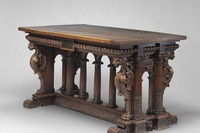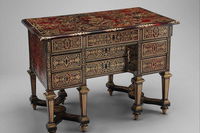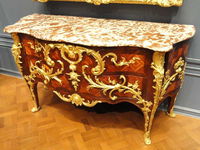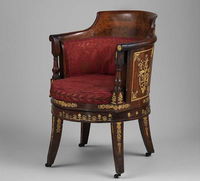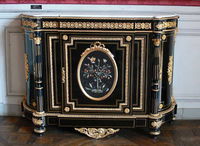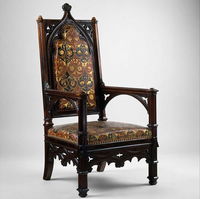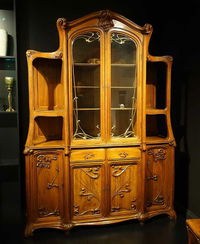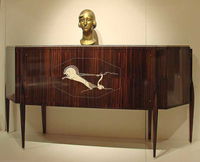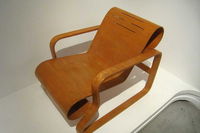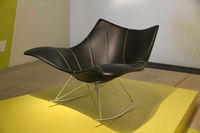
De Stijl, My Beating Heart Trivia Quiz
Furniture Design Through History
If you are familiar with Western art and design movements, it should not be too hard for you to match these furniture items with the style they belong to. Don't forget to click on the photos to view them in detail!
by LadyNym.
Estimated time: 3 mins.
